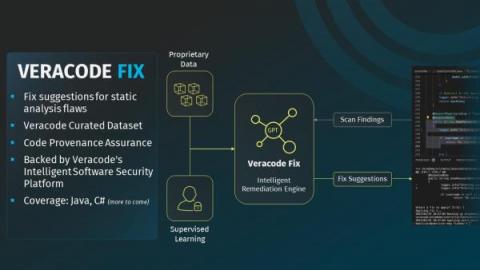Find Security Flaws in Your Dart & Flutter Applications: Veracode Expands Mobile Application Security Support
Veracode recently released Static Analysis support for Dart 3 and Flutter 3.10. This makes it possible for developers to leverage the power of Dart and Flutter and deliver more secure mobile applications by finding and resolving security flaws earlier in the development lifecycle when they are fastest and least expensive to fix.



